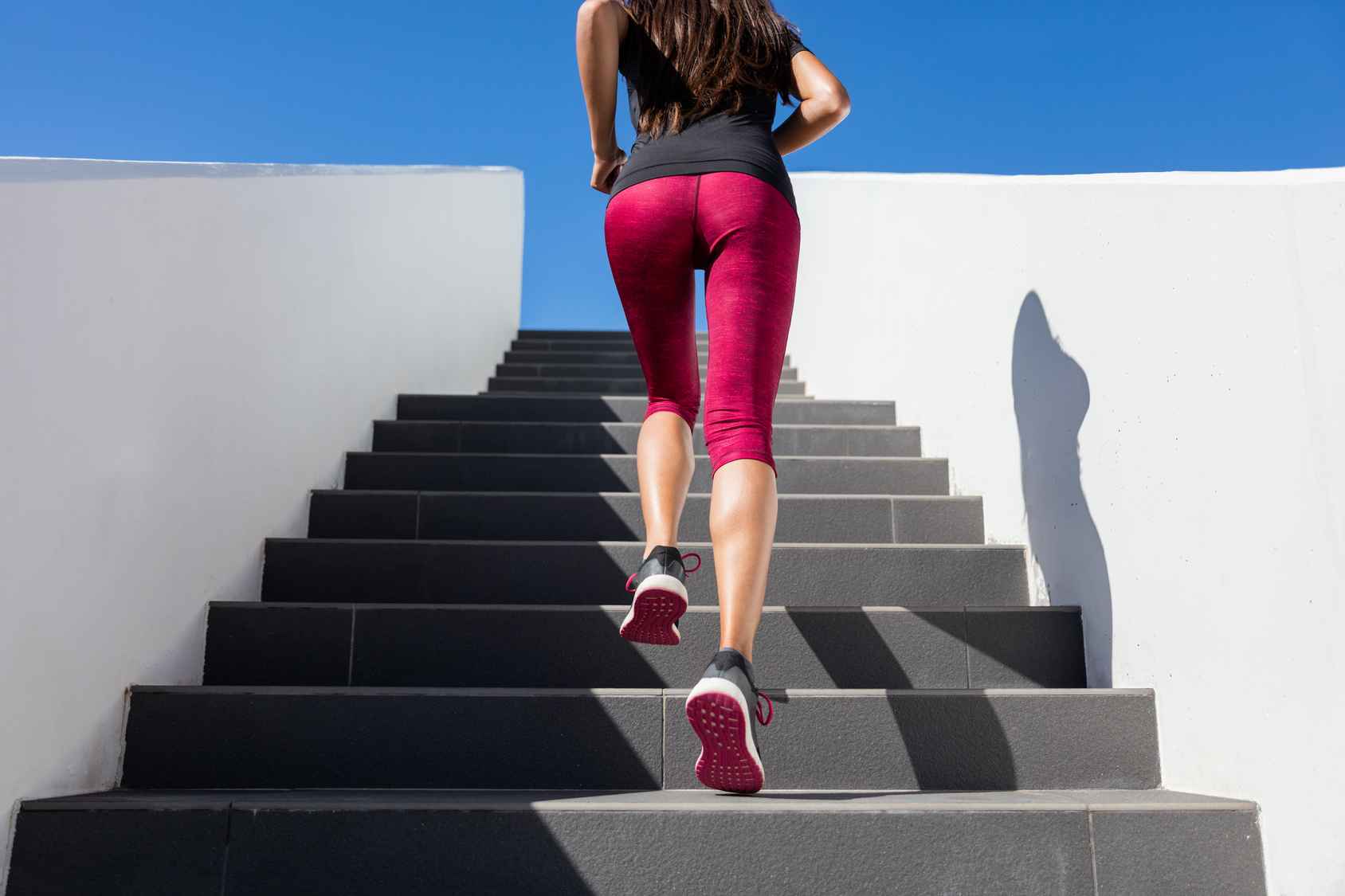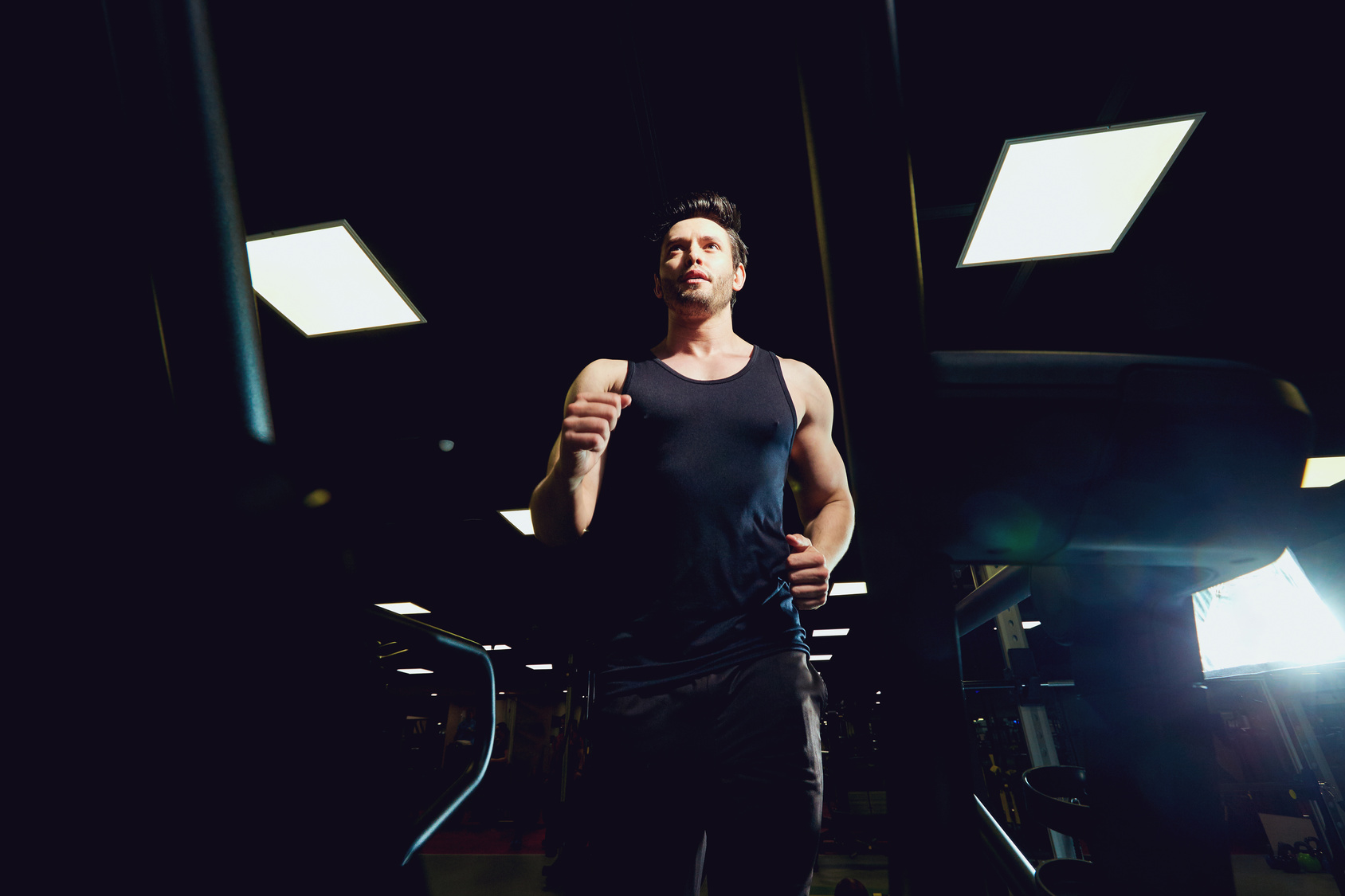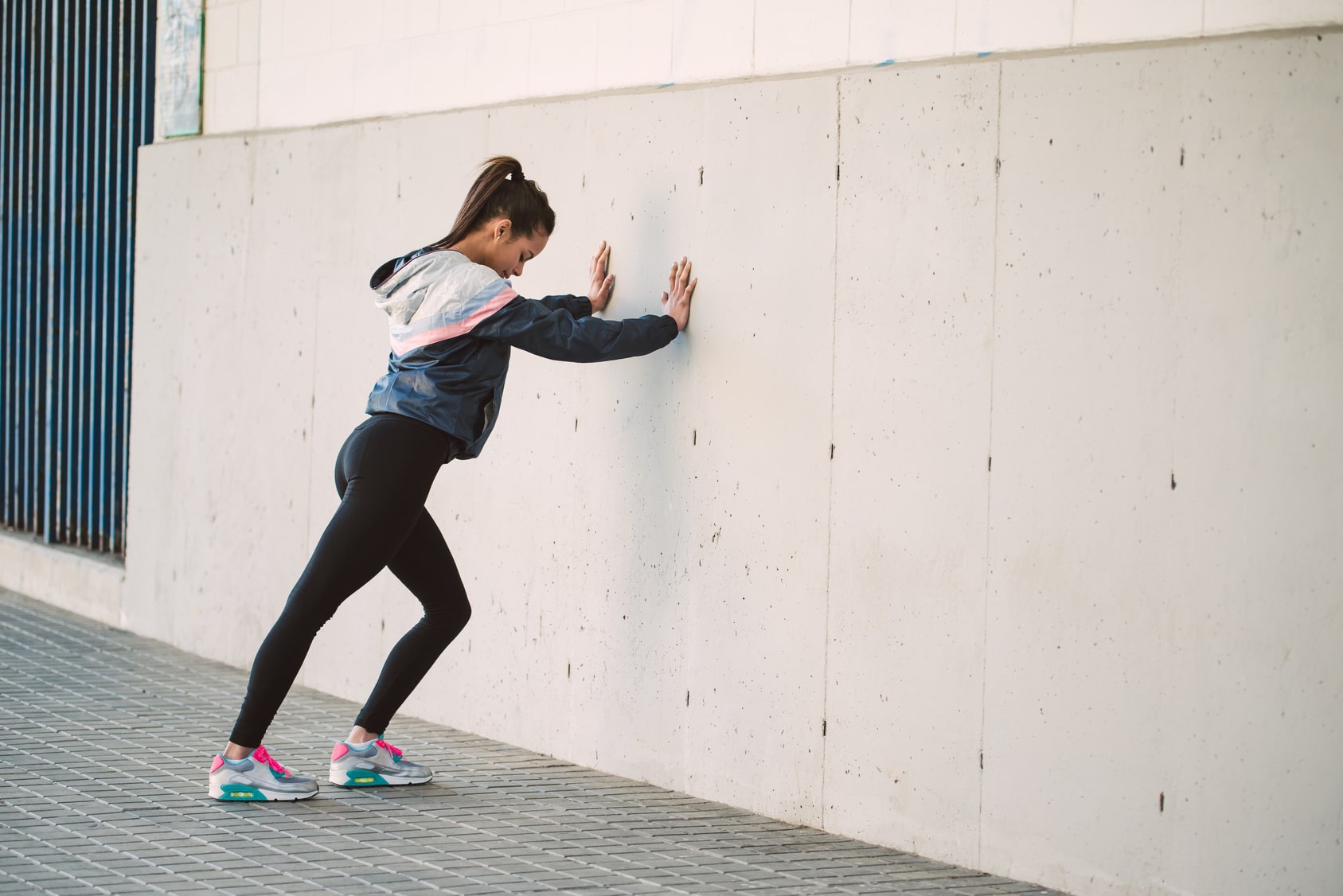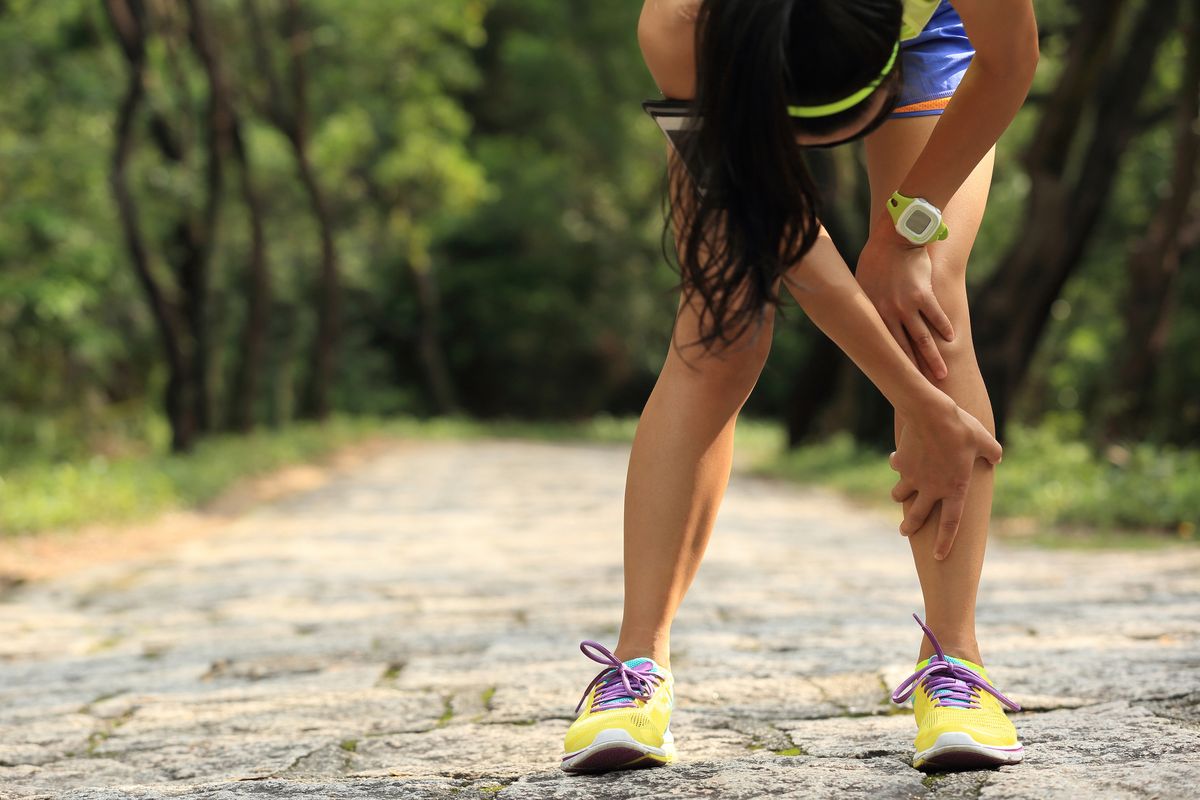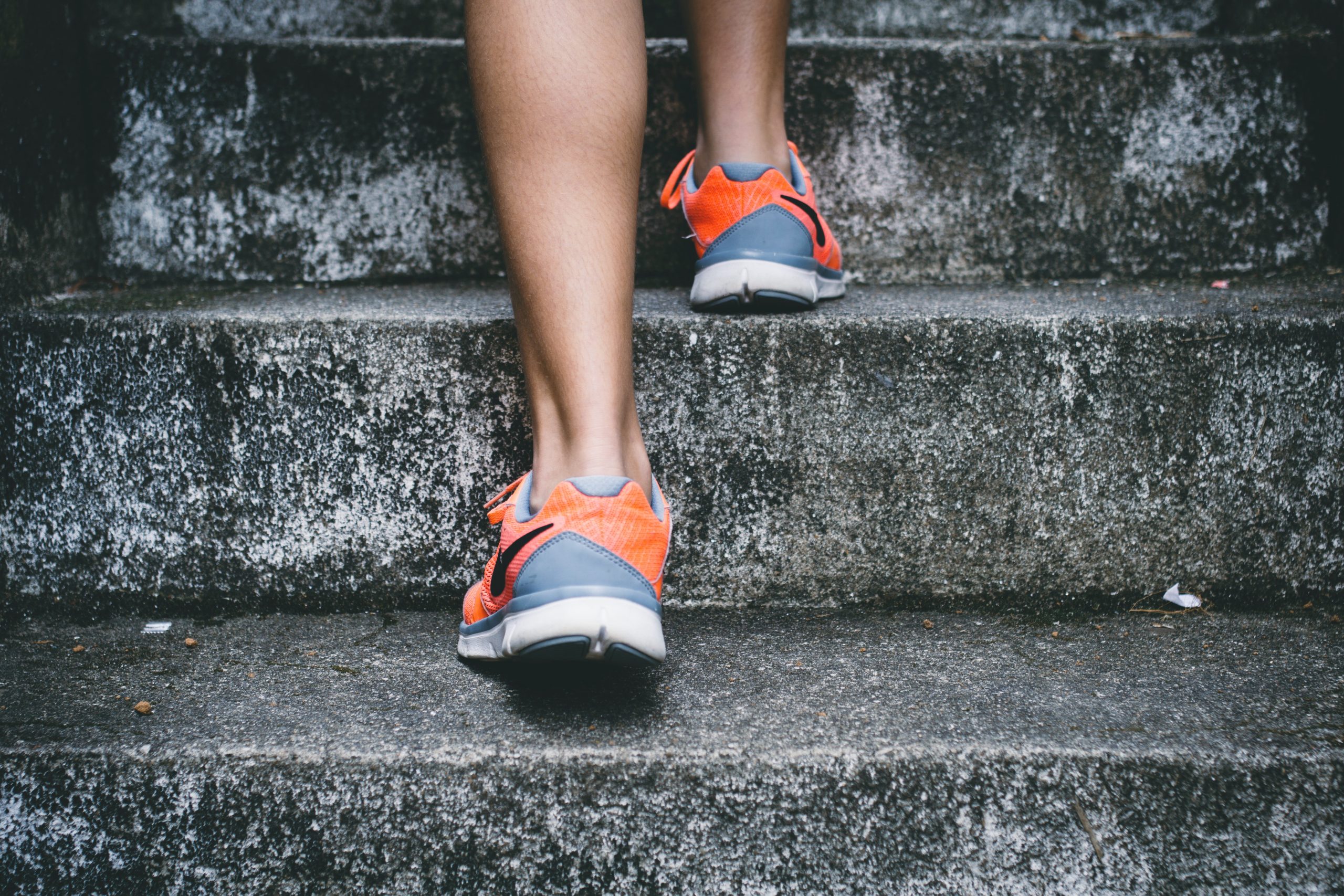Tired of the same old treadmill routine? It’s time to shake things up and discover the incredible benefits of strength training on a treadmill.
While treadmills are primarily designed for cardiovascular training, there are some strength exercises you can perform on them
Picture this: lunges, side shuffles, mountain climbers, and more, all right there on your trusty treadmill. No need for an expensive gym membership or fancy equipment; your treadmill can do it all.
And the best part? You’ll be tackling these exercises in a high-intensity circuit, pushing your limits, and taking your fitness game to new heights.
So, lace up those sneakers, and let’s embark on a journey that promises to challenge your body, invigorate your workouts, and leave you feeling stronger and more confident than ever. Get ready to discover the world of treadmill strength training like never before!
Benefits of Treadmill Strength Training
Strength training on a treadmill is more than just a trend; it’s in fact a powerful tool to add to your training routine.
Let’s dive into the incredible benefits that await you when you incorporate these exercises into your routine.
Improve Strength
Treadmill strength training can help you become a stronger, more enduring, and faster runner. These exercises target muscle groups often overlooked during traditional treadmill runs, giving you the power to conquer new personal bests. By challenging your body in unique ways, you’ll build the strength needed to outpace your previous limits.
Protect Against Injury
Running can take a toll on your body, but treadmill strength training can help you stay injury-free. By strengthening your core, shoulders, and other muscle groups, you’ll create a robust foundation that supports your running form.
Improve Calorie Burn
Who doesn’t want to maximize their fitness gains and torch those extra calories? Treadmill strength training does precisely that. These exercises elevate your heart rate, boost your metabolism, and engage multiple muscle groups simultaneously. The result? An efficient and effective workout that leaves you feeling accomplished and closer to your fitness goals.
Warm-Up and Safety Precautions
Before diving into these invigorating treadmill strength training exercises, it’s crucial to set the stage with a proper warm-up and ensure your safety throughout your workout. Let’s go over these essential steps.
Warm-Up
Never skip your warm-up; it’s your ticket to a successful workout. Start with a slow-paced walk or light jog on the treadmill for about five minutes. This gets your blood flowing and muscles loosened up and prepares your body for the challenges ahead.
You can try my dynamic warm up here.
Stay Safe
Safety always comes first. Whether you’re a seasoned fitness enthusiast or just beginning your fitness journey, these guidelines are essential:
- Maintain a firm grip on the treadmill’s side rails if needed for balance.
- Keep your attention on your movements; avoid distractions like phones or TVs.
- Wear appropriate workout attire and supportive shoes.
- Keep a water bottle nearby to stay hydrated.
Mastering Proper Form and Posture
Maintaining the right form and posture ensures you’re working the intended muscle groups and minimizes the risk of injury. Here are some pointers to keep in mind:
- Engage your core muscles to stabilize your body.
- Keep your back straight and chest up during exercises.
- Maintain proper foot alignment to avoid strain on your knees and ankles.
- Focus on controlled, deliberate movements for each exercise.
Incorporating Resistance or Speed Adjustments Over Time
To keep challenging your muscles and cardiovascular system, consider these options:
- Treadmill Incline: Gradually increase the treadmill’s incline during your walking lunges or side shuffles. This added resistance will engage your muscles differently.
- Speed Variations: Periodically introduce short bursts of higher speed during exercises like side shuffles or dynamic mountain climbers. These bursts can intensify your workout and boost calorie burn.
- Weighted Vest: For those seeking extra challenge, a weighted vest can be added to increase resistance during walking lunges or side shuffles.
Mountain Climbers
Mountain climbers target your entire core and shoulders with this dynamic treadmill exercise. Here’s how to perform dynamic mountain climbers:
Muscles Targeted: The entire core and shoulders.
Setup: Start by setting your treadmill to dynamic mode. Assume a plank position with your hands firmly on the floor and your feet positioned in the middle of the treadmill.
Form: Maintain a straight line from head to heels. Keep your arms fully extended, engaging your core throughout.
Execution: Now, here’s the twist. Instead of static planking, you’re going to make the treadmill belt your mountainous terrain. Grip the moving belt with your toes while maintaining the plank position. As the treadmill belt moves, drive one knee toward your chest while extending the other leg backward, mimicking a mountain climber’s motion.
Duration: Continue this mountain climbing motion for one full minute. Feel the burn in your core and shoulders as you keep up the pace.
Transition: Once the minute is up, smoothly transition to the next exercise in your circuit. This dynamic movement will elevate your heart rate and engage your core muscles for a challenging workout. Keep up the great work!
Modification: Begin by setting the treadmill to a very low speed or even stopping it. Assume the plank position without any motion initially. Focus on holding the plank and gradually introduce the dynamic movement as you become comfortable.
Treadmill Walking Lunges
Let’s target those glutes, quads, and calves with Treadmill Walking Lunges. Here’s how to perform this effective exercise:
Muscle Targeted: Glutes, quads, and calves.
Setup: Begin by setting your treadmill to a moderate speed, approximately 1.5 to 2.0 mph. This speed will allow you to perform the walking lunges safely.
Balance: While performing the lunges, it’s important to maintain balance. You can hold onto the treadmill’s side rails lightly for support.
Form: Start with your right leg. Take an exaggerated step forward, ensuring your right knee bends to a 90-degree angle. As you lunge forward, your left knee should hover just above the treadmill belt.
Execution: Push through your right heel to rise up, bringing your left leg forward. Now, repeat the lunge with your left leg. Continue alternating between legs for one full minute.
Posture: Focus on maintaining proper form. Keep your body centered between your legs, your back flat, and your chest up throughout the exercise.
Duration: Perform Treadmill Walking Lunges for one full minute, feeling the burn in your glutes, quads, and calves.
Transition: After completing the lunges, smoothly transition to the next exercise in your circuit. This exercise is an excellent way to strengthen your lower body while using the treadmill in a creative way.
Modification: Start without any incline on the treadmill, and set the speed to a slow and comfortable pace. As you get more confident, you can gradually increase the treadmill’s incline and speed.
Additional Resource – Your guide to anti-gravity treadmills
Treadmill Side Shuffles
Muscle Targeted: Inner and outer thighs and calves.
Let’s get those inner and outer thighs working with Treadmill Side Shuffles. Follow these steps:
Starting Position: Begin by standing sideways on the treadmill. Ensure your back is straight and your knees are slightly bent. This position will help you maintain balance and stability during the exercise.
Safety Note: If you’re new to this exercise or need extra support, it’s a good idea to hold onto the railings of the treadmill.
Speed Setting: Adjust the treadmill speed to approximately 3.0 to 4.0 mph. This setting will provide enough momentum for effective side shuffles.
Execution: Start performing rapid and quick side shuffles. Focus on landing on the balls of your feet throughout the exercise. This will engage your inner and outer thigh muscles as well as your calves.
Duration: Continue the side shuffles for one minute, feeling the burn in your thighs and calves as you move laterally.
Switch Sides: After completing one minute on one side, it’s time to switch sides. Carefully step off the treadmill, reposition yourself on the other side, and repeat the exercise in the opposite direction.
Modification: Begin at a slow pace and a low incline to get accustomed to the movement. As your balance and coordination improve, you can increase the speed and incline to intensify the exercise.
Walking Plank
Muscles Targeted: The entire core and the shoulders.
Setting the Treadmill: Begin by setting the treadmill to a low speed, around 1 to 2 mph. This speed allows you to focus on your form and stability during the exercise.
Plank Position: Stand behind the treadmill and assume a plank position. Place your hands firmly on the sides of the treadmill base, with your palms facing down. Your legs should be stretched out behind you.
Core Engagement: Engage your core muscles. A strong core is crucial for maintaining stability during this exercise.
Walking Motion: Once you’re set in the plank position, carefully place your hands onto the moving treadmill belt. Start walking your hands forward while keeping your body in a plank position. Your shoulders and core will be working hard to support your weight.
Duration: Continue “walking” with your hands for one full minute. You’ll feel the challenge in your core and shoulders as you maintain this position.
Transition: After completing one minute of the Treadmill Walking plank, transition to the next exercise in your circuit.
Modification: Begin with the treadmill stopped and assume the plank position. Focus on maintaining a stable plank. Once you feel confident, start walking your hands on the stationary treadmill belt to mimic the motion.
Low Squat Side Shuffles
Muscles Targeted: The glutes, quads, hamstrings, glutes, and the core.
Starting Position: Begin just like the previous side shuffle exercise, standing sideways on the treadmill. Ensure your back is straight and your knees are slightly bent.
Quarter-Squat Position: This time, assume a quarter-squat position. Keep your back flat, core engaged, and chest up throughout the exercise. This lower squat position intensifies the workout, engaging your leg muscles and core more effectively.
Adjusting the Speed: Set the treadmill to a moderate speed, around 2.0 to 3.0 mph. This speed provides the right balance of intensity and control for this exercise.
Side Shuffling: While staying in the quarter-squat position, start performing quick side shuffles. Maintain a distance between your feet that’s at least hip-width apart throughout the exercise.
Duration: Continue side shuffling at this challenging pace for one full minute. You’ll feel the burn in your glutes, quads, hamstrings, and core as you power through this exercise.
Switch Sides: After completing one minute on one side, switch to the other side to ensure balanced muscle engagement.
Modification: Begin with the treadmill at a low speed and without an incline. Focus on your squat form and side shuffling motion. As you build strength and confidence, increase the speed and incline gradually.
Treadmill Bear Crawl
Muscles Targeted: The core, shoulders, and legs.
Speed Setting: Set the treadmill to a slow speed, typically ranging from 1.0 to 2.0 mph. Starting slow is essential for safety and control during this exercise.
Starting Position: Assume a pike position at the back of the treadmill. Your hands should be firmly placed on the treadmill base, and your feet should rest on the sides of the treadmill.
Weight Distribution: Most of your weight should be on your hands, with your fingers pointing forward. This position will engage your core and shoulders.
Start Bear Walking: Be extremely cautious as you begin. Gradually step your feet onto the moving belt of the treadmill and start walking your feet towards you. Imagine imitating the movement of a bear’s crawl.
Exercise Duration: Continue the bear crawl for one full minute. This exercise challenges your core stability and works your shoulders and legs simultaneously.
Rest Period: After completing one minute, carefully stop the bear crawl. Take a well-deserved rest for one to two minutes. Catch your breath and prepare for the next circuit.
Repeat: To maximize the benefits, repeat the entire circuit two to three times. Each round will further engage your core and help you build strength and stability.
Modification: Start with the treadmill stopped and assumed the pike position. Gradually introduce the crawling motion by stepping one foot at a time on the stationary treadmill belt. As you feel more comfortable, increase the speed slightly.


